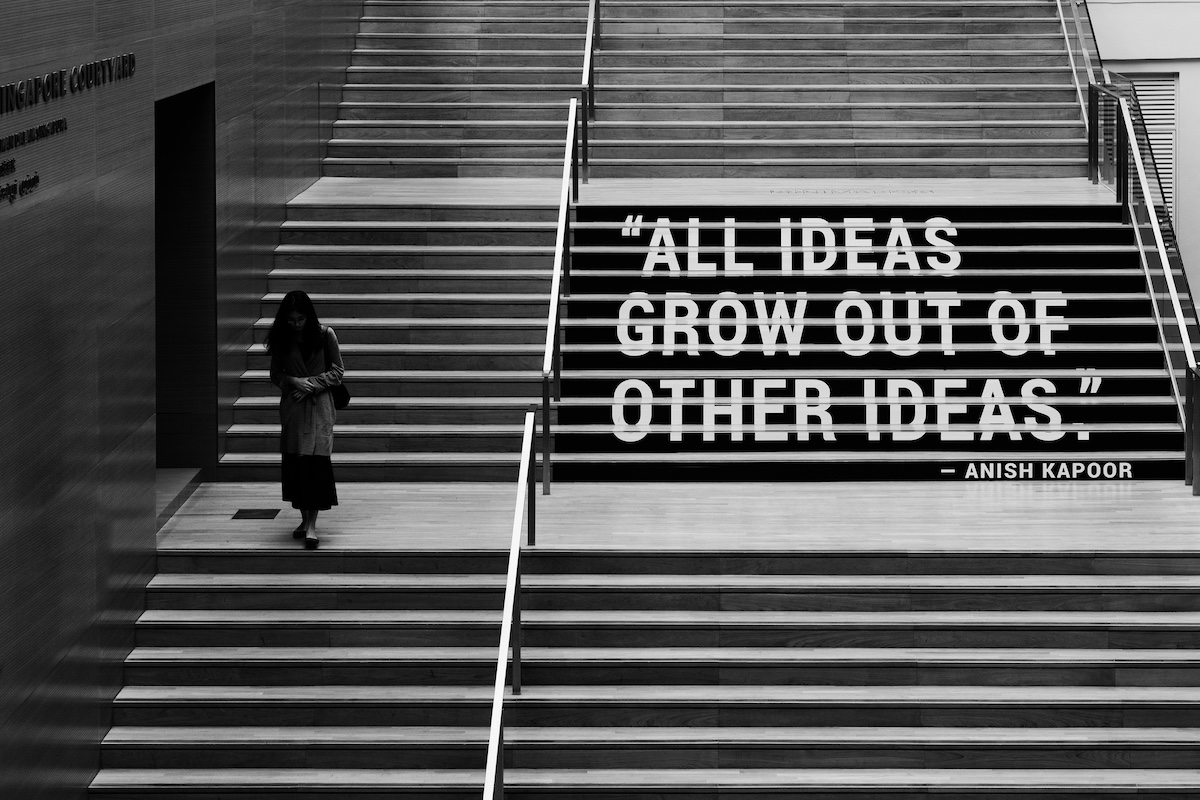In today’s rapidly evolving world, innovation is the key to staying ahead of the competition and driving progress in any field. Innovative ideas are the lifeblood of businesses, organizations, and even individual success. However, coming up with groundbreaking, game-changing ideas is often easier said than done. Fortunately, there are proven idea generation methods and frameworks that can help unlock your creativity and foster innovation. In this article, we’ll explore ten of these methods that have consistently yielded innovative results.
1. Design Thinking: Empathize, Define, Ideate, Prototype, Test
One of the most widely recognized frameworks for innovation is Design Thinking. Developed by IDEO, this approach emphasizes understanding the needs and perspectives of users before generating ideas. It consists of five stages: Empathize, Define, Ideate, Prototype, and Test. By immersing yourself in the user’s experience, defining the problem, brainstorming ideas, building prototypes, and testing them with users, you can create innovative solutions that truly address the user’s needs.
2. Brainstorming: Unleashing Collective Creativity
Brainstorming is a classic method for generating innovative ideas. It involves gathering a diverse group of people and encouraging them to share their thoughts freely, without criticism. The idea is to create a collaborative environment where creativity can flow. By leveraging the collective wisdom of a team, you can generate a wide range of ideas that may not have been possible through individual thinking alone.
3. Mind Mapping: Visualizing Ideas
Mind mapping is a powerful technique for organizing thoughts and generating innovative ideas. It involves creating a visual representation of a central concept, branching out into related ideas and concepts. This visual approach can help you see connections between different elements and spark new, creative insights. Tools like MindMeister and XMind make it easy to create digital mind maps.
4. SCAMPER: Questioning the Status Quo
SCAMPER is an acronym that stands for Substitute, Combine, Adapt, Modify, Put to another use, Eliminate, and Reverse. This method encourages you to ask a series of questions about an existing idea or product, applying each of these actions. By systematically challenging the status quo and considering various modifications, you can uncover innovative ways to improve or transform the idea.
5. Random Stimulus: Finding Inspiration Everywhere
Innovation often thrives on unexpected connections and inspiration from diverse sources. One method to trigger creative thinking is to use random stimuli. This can involve looking at unrelated objects, words, or images and finding connections to your problem or challenge. It encourages thinking outside the box and can lead to innovative solutions that draw inspiration from unexpected places.
6. The 20% Time Rule: Allowing for Exploration
Popularized by Google, the 20% Time Rule encourages employees to spend a portion of their workweek (typically 20%) on personal projects or ideas unrelated to their regular tasks. This approach fosters innovation by giving individuals the freedom to explore their passions and interests. Many innovative products and features, such as Gmail, have emerged from this time set aside for exploration.
7. TRIZ: Systematic Problem Solving
TRIZ (Theory of Inventive Problem Solving) is a systematic approach to problem solving and innovation. It provides a set of principles and tools to analyze and solve complex problems by identifying contradictions and finding inventive solutions. TRIZ is particularly useful for tackling technical and engineering challenges but can be applied to various fields.
8. Cross-Industry Innovation: Borrowing from Others
Innovation often involves adapting ideas or concepts from one industry to another. Cross-industry innovation is about seeking inspiration from unrelated fields and applying those ideas to your own context. For example, Tesla applied battery technology from consumer electronics to revolutionize the automotive industry. By keeping an eye on developments in various sectors, you can identify opportunities for cross-pollination.
9. Open Innovation: Collaborating Beyond Boundaries
Open Innovation is the practice of collaborating with external partners, including customers, suppliers, and even competitors, to generate innovative ideas and solutions. By tapping into a broader network of expertise and perspectives, you can accelerate innovation and access resources that may not be available in-house.
10. Scenario Planning: Preparing for the Future
Scenario planning is a strategic thinking method that involves exploring multiple potential future scenarios and developing strategies for each. While it’s not a direct idea generation technique, it helps organizations anticipate challenges and opportunities, ultimately leading to more innovative and adaptive solutions.
Idea Generation
In conclusion, innovation is a vital driver of progress and success in today’s world. While there is no one-size-fits-all approach to generating innovative ideas, these ten methods and frameworks offer valuable strategies to spark creativity and foster innovation. Whether you choose to embrace Design Thinking, brainstorm with a diverse team, or explore random stimuli, the key is to stay open to new possibilities, challenge assumptions, and continuously seek inspiration from various sources. By incorporating these methods into your creative process, you can cultivate a culture of innovation that


